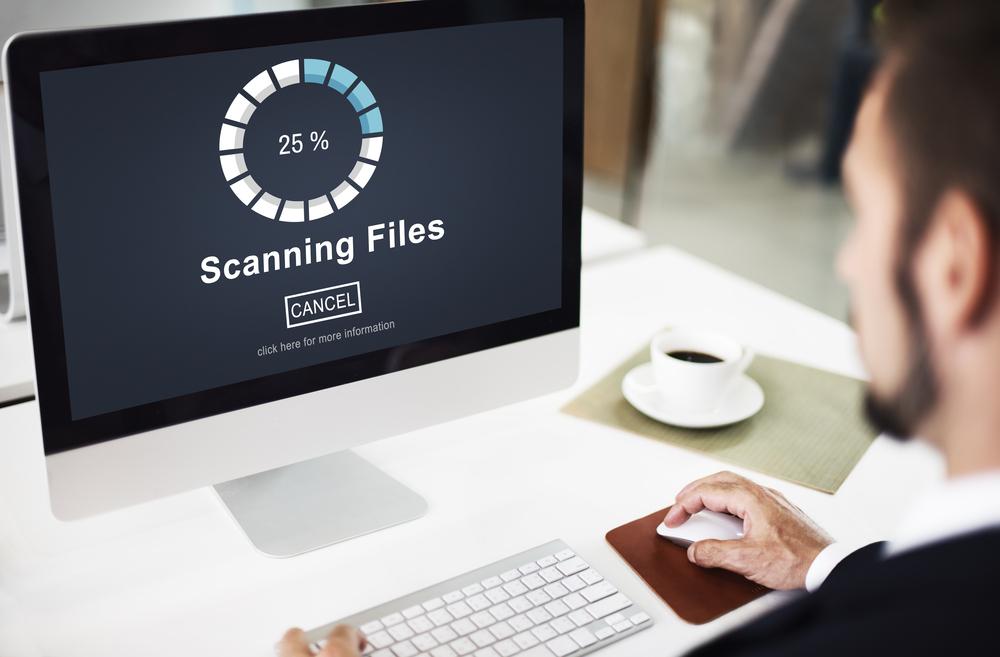Comprehensive Guide to Protect Your Computer with Effective Antivirus Strategies
This detailed article provides essential cybersecurity strategies to safeguard your computer using antivirus tools and best practices. It covers effective free online malware scanners, proactive security measures, and tips to prevent online threats, ensuring your digital safety is maintained through layered protection and vigilant habits.

Comprehensive Guide to Protect Your Computer with Effective Antivirus Strategies
In today’s digital age, safeguarding your computer from cyber threats is more crucial than ever. With cybercriminals constantly developing new methods to breach security, it’s essential to adopt a layered security approach that includes the use of reliable antivirus tools, vigilant online habits, and proactive security measures. Implementing these strategies not only protects your personal data and financial information but also ensures the smooth functioning of your devices.
Antivirus software plays a vital role in cybersecurity by identifying, blocking, and removing malicious threats such as viruses, malware, spyware, and ransomware. These programs also defend against harmful URLs, phishing scams, and spam, which are common attack vectors exploited by cybercriminals. There are numerous free online tools available that can supplement your antivirus protection, enhancing your computer’s defenses. Below is an overview of some of the most trusted free antivirus and online scanning tools you can use today:
Bitdefender Quick Scan
Trend Micro HouseCall
Eset Online Scanner
F-Secure Online Scanner
Panda ActiveScan
VirusTotal
Metadefender
BullGuard Virus Scan
By incorporating these tools into your security regimen, you can detect and eliminate threats before they cause harm, significantly reducing the risk of malware infections, data breaches, and online fraud.
The foundation of strong digital security is adhering to best practices and taking proactive steps:
Always install reputable antivirus software from trusted providers and ensure it is kept up-to-date with the latest virus definitions. Regular updates bolster defenses against emerging threats and help monitor your accounts effectively.
Be vigilant against social engineering tactics. Exercise caution when dealing with unknown callers, suspicious emails, or unexpected messages. Treat all unsolicited communications with suspicion and verify their authenticity before engaging further.
Share personal details only with trusted contacts. Before sharing sensitive information over the phone or email, verify the recipient's identity to prevent identity theft and fraud.
Avoid falling prey to scams promising easy money or instant rewards. Always scrutinize email sender information and avoid clicking on links or opening attachments from unknown sources.
Never disclose personal or financial information through unsolicited messages or pop-up prompts. Legitimate organizations rarely request such information unexpectedly.
Maintain your operating system’s security by installing updates regularly. For Windows users, automatic updates are enabled by default from Windows 10 onward. Also, activate and configure your firewall to block unwanted connections.
Create strong, complex passwords that combine letters, numbers, and symbols. Avoid using easily guessable details such as birthdays, pet names, or common words. Use password managers if needed to keep track of your credentials.
Enable two-factor authentication (2FA) whenever possible. This adds an extra layer of security by requiring a security code sent to your device or email in addition to your password.
Always look for security indicators such as HTTPS and padlock icons when submitting personal or financial data online. These indicate that the website has proper security measures in place.
Use only official websites for transactions, account management, or submitting personal information. Be cautious of phishing sites designed to mimic legitimate ones.
Regularly review your bank and credit card statements to spot any unauthorized or suspicious activity promptly. Monitoring your accounts helps detect fraud early.
Change default passwords on new devices and routers immediately after setup. Each account should have a unique, strong password to prevent unauthorized access.
By following these comprehensive security practices, you can significantly enhance your computer’s defenses against cyber threats. Remember, cybersecurity is an ongoing process—staying informed and vigilant is key to keeping your digital environment safe and secure.





